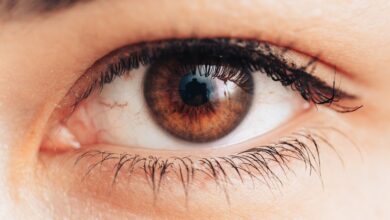Misdiagnosing Invisible Disabilities – A Growing Trend

Each year over 9.1 million Americans utilize mental health services. Yet disorders such as major depressive disorder, bipolar disorder, schizophrenia, anxiety disorder, and attention deficit hyperactivity disorder (ADHD) are among the highest neurodivergent disabilities that are misdiagnosed (39.16%).
This is especially problematic for females. According to Inflow, 29.2% of women were more likely than men to receive a misdiagnosis for one or more neurological conditions, particularly when the actual diagnosis is Attention-Deficit/Hyperactivity Disorder (ADHD). ADHD often presents itself during female puberty when levels of estrogen increase, but is often quickly misdiagnosed as anxiety or mood disorders due to a lack of thorough evaluation, according to Additude.
Another invisible disability which is often misdiagnosed is selective mutism. Individuals with selective mutism struggle with verbalization and anxiety triggered by past traumatic experiences, but this condition is often mistaken for autism due to accompanying speech and language delay. According to Autism Parenting Magazine, 0.2% to 0.8% of kids struggle with selective mutism, and more girls are diagnosed with it than boys.
Misdiagnosis of physical conditions is prevalent as well. For women, endometriosis is often misdiagnosed as infections, painful periods or bloating in as many as 75.2 percent of patients, according to the National Library of Medicine.
Another invisible disability is diabetes. According to a 2019 American Diabetes Association (ADA) statistic, the rate of diabetes in marginalized communities is much higher than in white communities (14.5% for American Indians/Alaskan Natives), 12.1% for non-Hispanic blacks, 11.8% for Hispanics, and 9.5% for Asian Americans. Women are often not tested for diabetes during women’s gynecological exams, instead being with vaginal infection or urinary tract infection.
The responsibility falls on too many health care providers who gaslight patients by convincing them that their symptoms are not severe. Further, according to an Academic Emergency Medicine research article, despite experiencing the same symptoms during emergency room admissions, women experience 33 percent longer wait times than males.
What can be done? Know that you are not alone. Approximately 12 million people receive misdiagnosis each year. Patients who believe they have been misdiagnosed or mishandled by medical practitioners can file complaints with the Federation of State Medical Boards (FSMB), and find legal representation through Law MD.

About the Author: Trelanda Lowe is a fellow with The Loreen Arbus Accessibility is Fundamental Program, an inaugural fellowship created to train women with disabilities as professional journalists so that they may write, research and report on the most crucial issues impacting the disabilities community. Trelanda is also the mother of one child, a graduate student at Mount Saint Mary’s University studying Visual Effects, and is a post-production supervisor with ADA30 Production, screenwriter, photographer, public speaker, disability advocate, and fitness fanatic.





